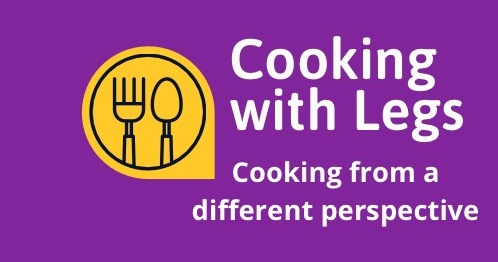
I’ve touched on this in the past. The other day I was asked by the mother of a new culinary student what was the best chef knife for her to get her son to start school with.
My answer: I have no clue, take him to a store with a wide selection and try them out then buy it online.
Why was that my answer? Because what I say is immaterial. As I’ve shown in the video, the most important part of a knife is the handle. The second most important is the edge. The knife has to fit your hand well and you have to be able to wield it, before you buy it. You have to be able to have that comfort for 8-10 hours at a time. The edge must retain its sharpness. The most dangerous knife is a dull knife.
I’ll go over a few things that I enjoy, and maybe be able to impart some more information for those looking deeper.
First is to understand the Rockwell scale. The Rockwell scale is a measurement of a metals hardness. Typically a softer metal will bend where a harder metal will break from being to brittle. Some brands have had chipping issues in the past, shun comes to mind here.
The three primary styles of knives popular nowadays are the German or western knife, the Japanese knife and the western or fusion style (a German handle with a Japanese blade).
The German knives tend to have a 56-58 Rockwell rating, this makes them hard but malleable, the edge will roll instead of chip. Also, the German knife will usually lose its edge quicker than a Japanese blade; but, is easier to sharpen.
A Japanese blade is typically between a 61 and 64 on the Rockwell scale, making it exceptionally hard, and giving it much better edge retention; however, it will be harder to sharpen. Some Japanese blades could chip rather than roll, however I’ve not experienced this before. The handles on Japanese knives are typically D shaped or straight rather than ergonomic like the German handles.
The next thing to go over are blade styles.
The traditional chef knife has a wide belly coming to a tip. This allows the knife to make rolling cuts; which, is generally the more common style cut used in the kitchen. It’s a natural motion of pushing down and out like a wave form.
A Santoku also promotes this cut style having a bow in the belly allowing it to naturally rock. The Santoku is also more conducive to roll cuts, like chopping garlic or herbs.
Other blade style like a Nikiri or a kiritsuke tend to promote slicing or push-pull chopping more- this is akin to what you see a sushi chef perform.
To answer the question more directly, my personal advise would be to check out the fusion or western style knives first. If the person prefers the western handle, maybe check out some German knives and see if the added weight of the German blade and handle is comfortable. If not, stick with the western style. I do find those to be the truest of having the best of both worlds. If they don’t find the German handles comfortable look into the Japanese more. The gyuto, is essentially a Japanese handle with a Japanese chefs blade. The Santoku is absolutely no slouch either; and, has become my personal go to all purpose kitchen tool. Alas, it’s all in what the user prefers. You have to use it, you have to wield it, you have to enjoy it.
As for preferred brands:
I’ve used many, and am endorsed by none. I’ve found Henckles and Wustohf to be my personal favorite of the German blade. The Myabi line from Henckels are my go to knives. Additionally I’ve had a henckels German knife in my arsenal since 1997, and it’s still as sharp as when it was bought. Other brands to look at in the Japanese knife world: I would say enso, myabi, and yaxell, perhaps. there are so many more out there not mentioned. Just do some homework on whatever you buy.
I’ve purchased 99 percent of my kitchen tools from cutlery and more. I am not being paid to say so, this is not an endorsement nor an affiliate link. Just hoping to help those who are looking for information. Stay tuned to their site though, they have sales often. In fact I found my myabi fusion knife there for right at 100$, proving that a great knife does not have to be expensive. https://www.cutleryandmore.com
